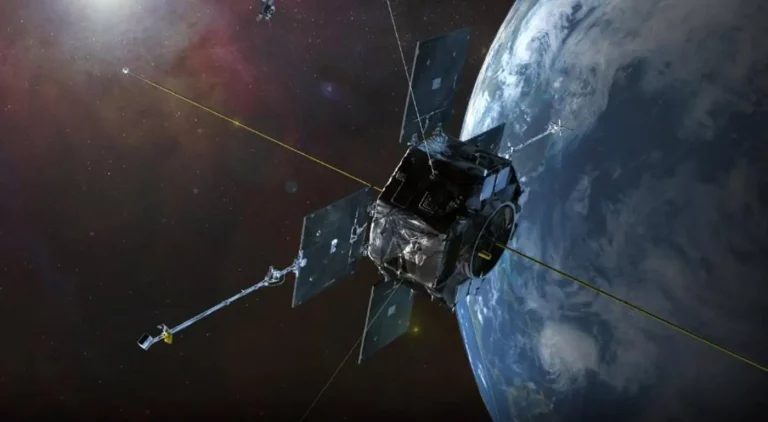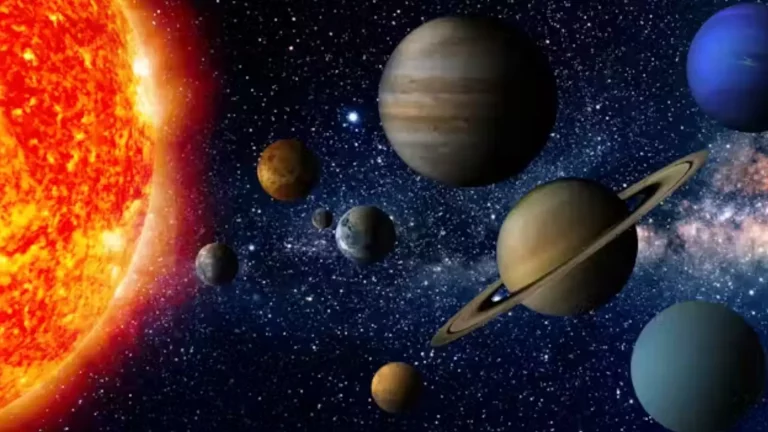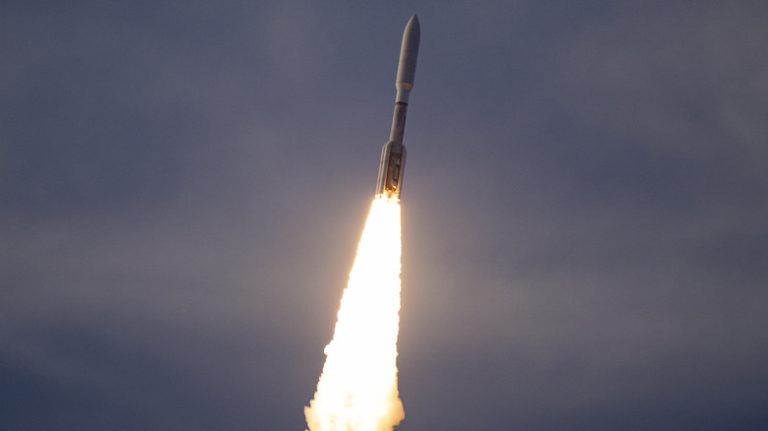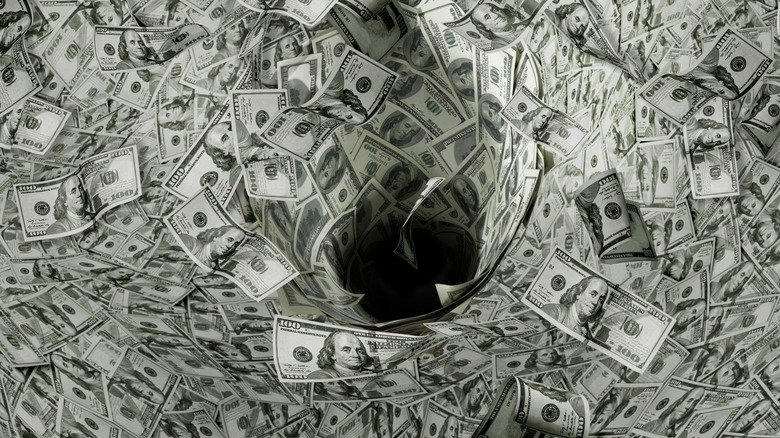
If you were to ask a random individual to identify the priciest substance known, you’d likely hear guesses about valuable materials like gold, platinum, or oil. These are undeniably valuable, yet they pale in comparison to antimatter, a material so costly to manufacture that its expense is nearly impossible to quantify.
Antimatter, distinct from the enigmatic dark matter, which is theorized to have possibly existed before the Big Bang, is exceedingly scarce in the observable universe. It is formed in cosmic rays, which are charged particles traversing the universe. However, Earth’s atmosphere and magnetic fields obliterate most cosmic rays before they can reach the planet. To study actual antimatter, scientists strive to generate it in particle accelerators, but antiparticles disappear almost immediately after their creation.
Accurately pricing antimatter is impossible as we have yet to produce more than a few antiparticles at a time. Estimates vary widely, but they all suggest an exorbitant cost. A frequently cited NASA study estimated that producing a single gram of antiprotons would cost $62.5 trillion. Some believe it could be even costlier. In an interview with ABC News Australia, physicist Michael Doser, who studies antimatter at CERN, stated that 1/100 of a nanogram of antimatter would be equivalent to a kilogram of gold, making a gram of antimatter valued at approximately $5.8 quadrillion—thousands of times more than all the money on Earth.
What is antimatter?
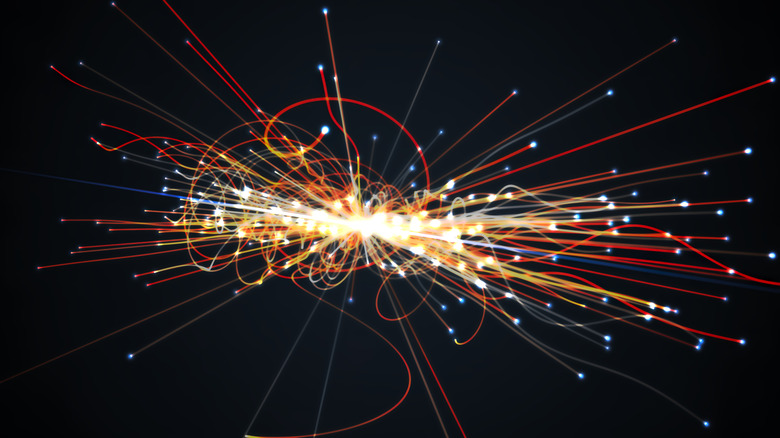
Antimatter consists of antiparticles, which raises the obvious question: what exactly is an antiparticle? Antiparticles are akin to regular particles but possess opposite electromagnetic properties. Instead of negatively charged electrons, they have positively charged positrons; instead of positively charged protons, they have negatively charged antiprotons; and instead of neutrons, they have antineutrons, both of which have neutral charge but different magnetic moments. For every particle type in the universe, there exists an antiparticle, sharing the same mass and spin, but with opposite charges and magnetic moments.
All matter, past, present, and future, originated from the Big Bang, and the same applies to antimatter. However, for reasons unknown to scientists, the universe’s inception produced slightly more matter than antimatter. Had this not been the case, matter and antimatter would have annihilated each other, leading to nothingness. Whenever matter and antimatter meet, they annihilate each other in a burst of gamma-ray energy.
The fact that antimatter cannot coexist with matter for more than a fleeting moment makes every particle extremely valuable. Scientists believe that the immense energy from matter-antimatter interactions could be key to powering spacecraft capable of reaching other solar systems. However, with current technologies, we are far from producing sufficient quantities.
How to make antimatter
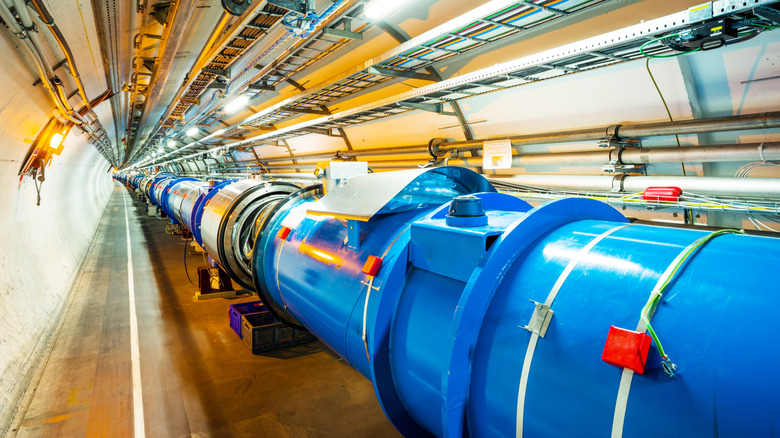
The first successful creation of antiprotons by humans occurred in 1955 using a particle accelerator named the Bevatron, the most powerful of its era, located at Lawrence Berkeley National Laboratory in California. In 1995, a team at CERN (European Organization for Nuclear Research) succeeded in creating an atom of antihydrogen, marking the first time human technology produced actual antimatter. However, producing antimatter in a particle accelerator, like CERN’s Large Hadron Collider, presents a significant challenge. The antihydrogen they created was annihilated in mere millionths of a second, too swiftly to be captured and stored for prolonged research. This is the root of antimatter’s exorbitant cost: The yield per dollar is minuscule and fleeting.
The antiprotons generated by particle accelerators possess such high energy that they are almost impossible to study, but CERN has developed a new approach. The Antiproton Decelerator (AD) is a device that slows down antiparticles produced by a particle accelerator by trapping them in a powerful electric field. Through this technology, researchers have managed to create antimatter atoms and contain them for up to 16 minutes, enabling the first detailed studies of antimatter’s properties and potentially paving the way for its production in the future at a cost lower than the entire global economy.




